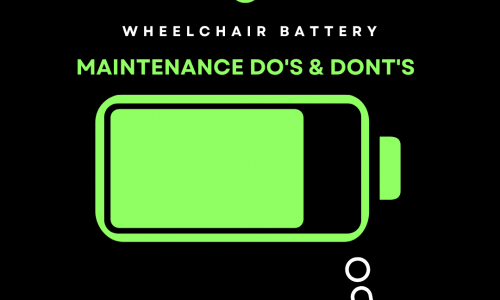The leading causes that shorten lead-acid battery life include running the battery flat and then failing to recharge it, undercharging, overcharging, charging with the wrong accessories, and storing the battery incorrectly. We’ve put together a list helpful of maintenance tips:
- DO charge the battery every night
It doesn’t matter how much or little you have used the battery that day. It should be fully recharged every night. The general rule of thumb regarding lead-acid batteries is that if you have used them, you should recharge them. Do not let the battery become entirely flat before charging it. If you wait until the battery is almost depleted before charging it, it will drastically reduce the life of the battery.
- DON’T interrupt the charging cycle or charge too quickly
Wait until the battery is fully charged before stopping charging. Continuously undercharging the battery can cause permanent damage to the battery, thereby reducing the battery life. Make sure to use the original charger provided by the manufacturer, as it has been designed specifically for that chair for your safety.
- DO charge the battery beforehand if you are not going to use it for a long time
You should disconnect the charger if your battery is fully charged and showing the green light. Never leave the battery charging for an extended time.
- DOdisconnect the batteries if you are not going to use the wheelchair for more than two weeks
Disconnect the cable that connects both the batteries if you don’t plan to use the chair for longer than two weeks. Make sure to fully charge the batteries at least once per week instead of continuously charging, which can cause permanent damage.
- DO store the batteries at the correct temperature
You can check your user manual for the ideal long-and short-term storage temperatures. It’s ideal to store your battery around 77°F. Avoid extreme temperatures. If stored at the wrong temperature, when it comes time to use the battery again, it may not fully charge.
- DO disconnect the charger via the connector, rather than the cable, and regularly check the charging terminals
Leave plenty of space around the wheelchair, so no one trips over the charging cable. Tension on the line could cause personal injury and damage the charging terminal and cable. Regularly checking for signs of corrosion of the connector will help extend the life of your battery. If there are signs of deterioration, contact Clinics Can Help to clean the terminal safely.
- DON’T use extension cables
Never use extension cables to charge the wheelchair battery. Extension cables can cause fires or electric shocks. Charge your wheelchair battery by plugging it directly into a wall socket.
Following these tips will help extend your battery’s life, alongside regular maintenance and checkups. If you still encounter problems with the battery, you can contact Clinics Can Help.

